QOTD: The Greatest Killer of All Time?

Earlier this week, I told you about the fellow who was convinced the Dodge Demon was unsafe at any speed. I did not agree, of course; the Demon has been carefully designed to present considerably less risk to its occupants than, say, a swing-axle Beetle in high-wind conditions.
Which leads to a question: if the Demon is not the deadliest car of recent times, what is?
Former TTAC contributor Doug DeMuro said that the Carrera GT was the most dangerous car on the road. A few years later, somebody actually let him drive a Carrera GT, at which point he changed his mind and said that it was the greatest car ever made. I think we can safely discount both of these opinions.
My personal vote for deadliest car of the modern era: the second-gen Ford Explorer, when the tires were (under)inflated to the factory spec of 26psi against Firestone’s preferred pressure of 35psi. The way I always think of the old Ford Explorers is as 1988 Ford Rangers that were loaded way past their original design specs thanks to the additional glass, metal, seating, and people — then driven in traffic like they were Corvettes on Hoosier slicks by their mostly female owner base.
That last point is significant, because very few cars are dangerous when they are driven in a sensible manner by people who are alert and aware of their peculiarities. The old VW Beetles could and did exit the road ass-first under heavy wind but most people who owned them knew to keep the speeds low in those conditions, the same way you would if you were riding a sportbike. The same is true of 3/4-ton pickups on load-rated tires.
What’s your vote for today’s four-wheeled “widowmaker”?

More by Jack Baruth

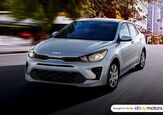
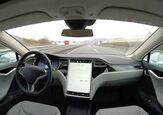













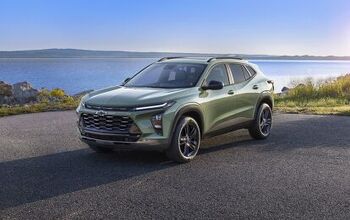
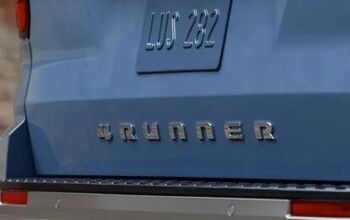
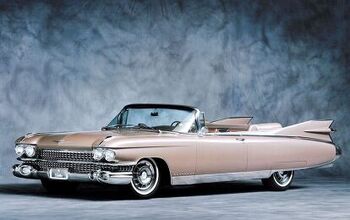


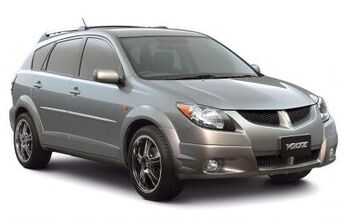
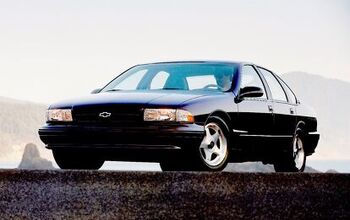
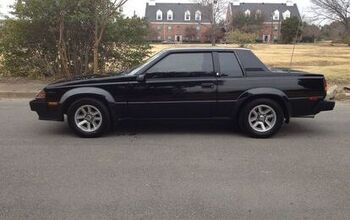
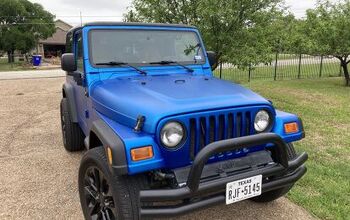
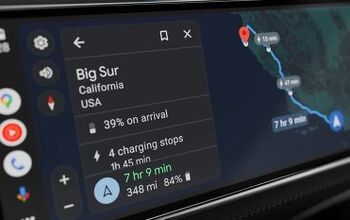
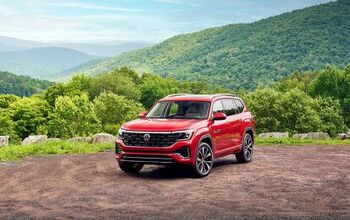
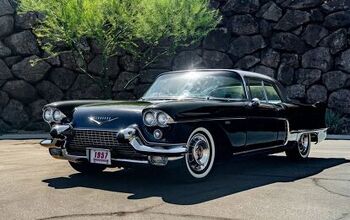
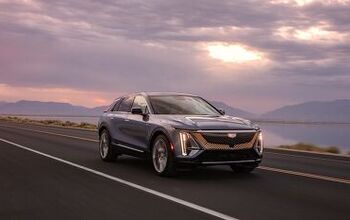
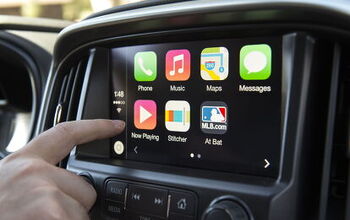
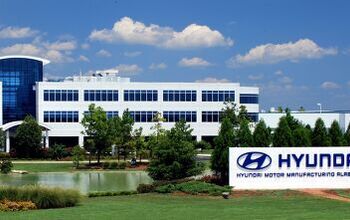
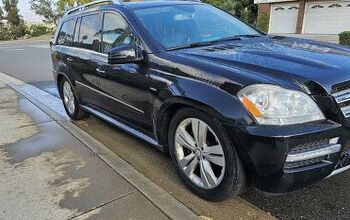
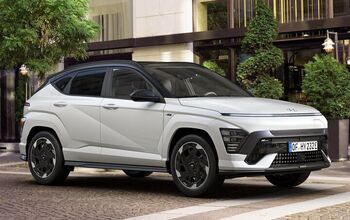
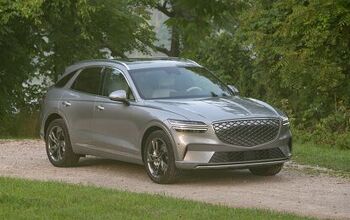
Comments
Join the conversation
It's more the driver, as jack already pointed out in the article, than the vehicle. I've had some seriously dangerous cars in my past, but never crashed them. Many years ago I decided while living in Houston that the worst drivers were (insert racist, misogynistic identity here). Then again, I mostly rode a motorcycle in those days and nobody ever sees you on a motorcycle.
They won't show up much in the data being fairly rare but the full size vans with the extended wheelbase (I've driven the cargo version of Ford's E series and the older Dodge). Heavy braking on pretty well any surface was downright bizarre, with the van doing a bizarre nosedive, fishtail combo that felt unlike anything I'd experienced in a passenger car.
The Nissan Altima in the left lane yesterday with at least a 12 cars piled up behind it, bumper to bumper, waiting for the ten minutes it took to pass a semi. Deadly.
I would say the most dangerous car I ever drove was a late 70's 911 Turbo. With the weight distribution of a clock pendulum, you could easily get killed if you got freaked out in corner and dared to lift the throttle. Te sight of trees rushing up to you in the rear view mirror was a real possibility if you did not know what you were doing.